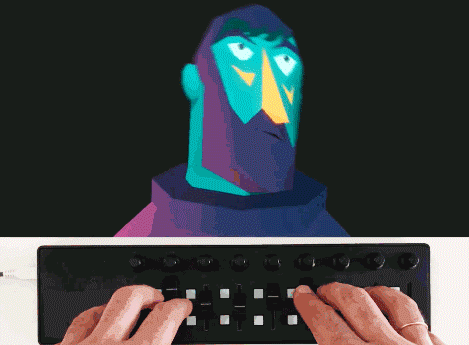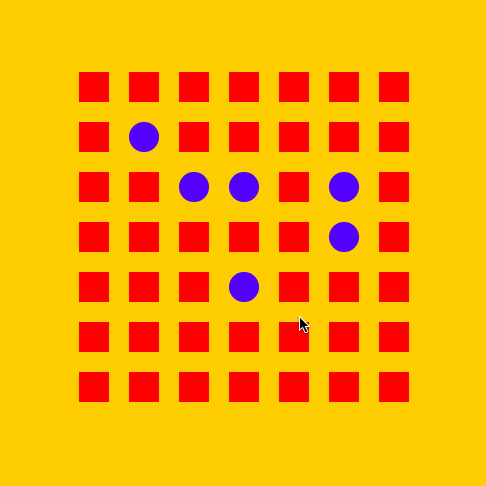One interactive/computational project that I found to be interesting, appealing, and relevant to my interests is this:

https://vimeo.com/239407215 by Eran Hilleli.
It's a 3D animation program that you interact with using a MIDI controller. The base code is credited to the original creator, Keijiro Takahashi who made this:

https://vimeo.com/104780871
Both are visually appealing, with smooth and interesting animations and populated with shapes, lights, and sounds that work well together to create a cohesive experience. I believe that both people made these projects by themselves, and I'm not sure how long it took either of them.
I love what Hilleli did with the source code by connecting it to character animation. Although the end result is slightly unsettling, I think it's a playful interactive project that has a lot of potential to be made into cool things in the future. We see how there are so many options in using the MIDI board to control and blend different visual and audio effects, and relating to my personal interests, I think it's possible to use this tech to make very dynamic and interesting stories. Perhaps stories that change and grow in real time, in response to audience reactions.


